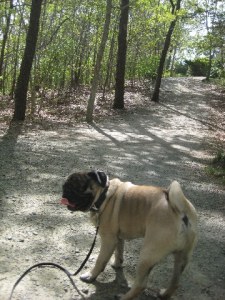
Pugs and other short-nosed dogs have more difficulty on hot, humid days.
Of course you know better to leave your dog or cat in a car. And that you need to provide water and shade for dogs who are outdoors. But do you know what to do if you find a pet with heatstroke? The Humane Society of the US advises:
Signs of heatstroke include heavy panting, glazed eyes, a rapid heartbeat, difficulty breathing, excessive thirst, lethargy, fever, dizziness, lack of coordination, profuse salivation, vomiting, a deep red or purple tongue, seizure, and unconsciousness. Taking a dog’s temperature will quickly tell you if there is a serious problem. Dogs’ temperatures should not be allowed to get over 104 degrees.
If your pet is exposed to high temperatures:
• Look for signs of heat stress—heavy panting, glazed eyes, a rapid pulse, unsteadiness, a staggering gait, vomiting, or a deep red or purple tongue.
• If your pet is overheated, move him to a cooler area and take these emergency steps:
- Gradually lower his body temperature by applying cool (not cold) water all over his body or soaking him in a cool bath.
- Place cool, wet towels over the back of the neck, in the armpits, and in the groin area. You may also wet the ear flaps and paws with cool water. Direct a fan on the wet areas to speed evaporative cooling.
- 3. You may offer fresh, cool water if your dog is alert and wants to drink. Do not force your pet to drink.
• Take your pet immediately to a veterinarian—it could save his life. Call ahead, if possible, to be sure your veterinarian is available.
During a heat crisis, the goal is always to decrease the dog’s body temperature to 103° F in the first 10-15 minutes. Once 103° F is reached, you must stop the cooling process because the body temperature will continue to decrease and can plummet dangerously low if you continue to cool the dog for too long.
Even if you successfully cool your pet down to 103° F in the first 10-15 minutes, you must take the dog to a veterinarian as soon as possible because consequences of heat stroke will not show up for hours or even days. Potential problems include abnormal heart rhythms, kidney failure, neurological problems and respiratory arrest.
• If you see an animal in a car exhibiting signs of heat stress, call your local animal care and control agency or police department immediately and take the following steps:
- Get the vehicle’s tag number and enter the nearest store or business to request an emergency announcement be made about a pet left in a hot car.
- Go back and wait for police at the vehicle.
Remember that humidity makes it more difficult for dogs to cool off by panting. Young or old pets are particularly vulnerable to heat stroke.
For more information about responsible pet care, contact
Check humanesociety.org/pets.
Watch Out For Fertilizers and Deadly Plants
Plant food, fertilizer and insecticides can be fatal if your pet ingests them. In addition, more than 700 plants can produce physiologically active or toxic substances in sufficient amounts to cause harmful effects in animals.
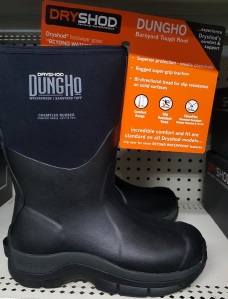
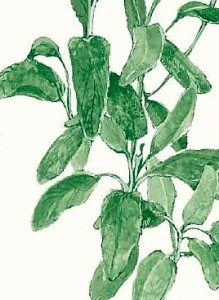
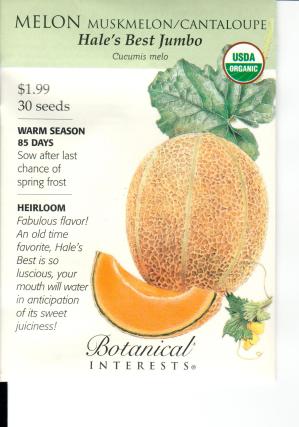 What we call cantaloupes are really muskmelons. True cantaloupes are hard-shelled melons from Europe. Honeydew melons are different from muskmelons in that the skin is smooth, the flesh is green, and the scent is markedly different. Unlike muskmelons, honeydews can be stored for up to a month. Muskmelons stop ripening after being picked from the vine, but honeydews will continue to ripen a bit, though vine-ripening is best.
What we call cantaloupes are really muskmelons. True cantaloupes are hard-shelled melons from Europe. Honeydew melons are different from muskmelons in that the skin is smooth, the flesh is green, and the scent is markedly different. Unlike muskmelons, honeydews can be stored for up to a month. Muskmelons stop ripening after being picked from the vine, but honeydews will continue to ripen a bit, though vine-ripening is best.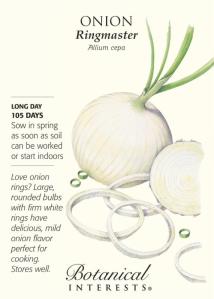




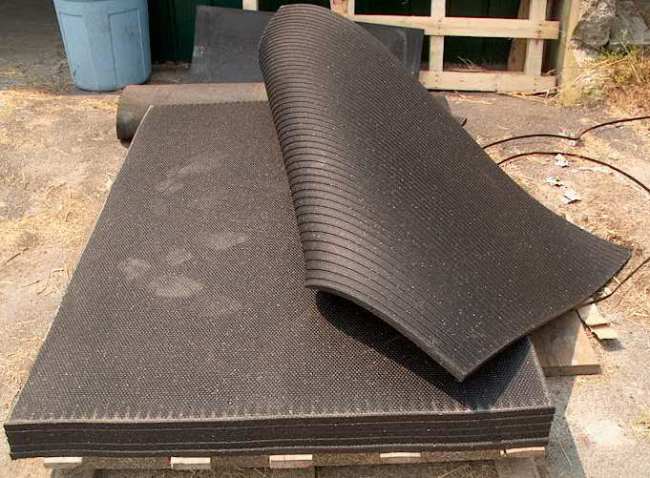

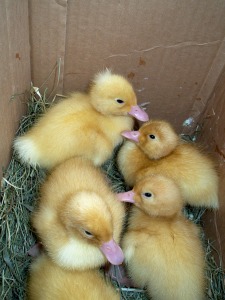
You must be logged in to post a comment.